Descriptions
Currency plays a vital role in the daily lives of everyone, and it's no different in the world of anime. The money used in fictional worlds can add depth and context to the stories being told. By exploring these fictional currencies' exchange rates and purchasing power, fans can better understand the economic systems and power dynamics within these imagined worlds.
Some currencies are very clearly linked to the real-world Japanese yen or the U.S. dollar. Some have their own scales entirely. Not all creators have given more overt notes on the conversion rates, so it takes a keen eye and a little research to determine the dollar value.
Updated on December 14, 2023, by Ajay Aravind: Fictional stories often use different currencies to enhance the worldbuilding aesthetic, and the anime medium is no different. There are numerous anime currencies out there with wildly differing monetary values. As such, we've updated this article with some more relevant information.
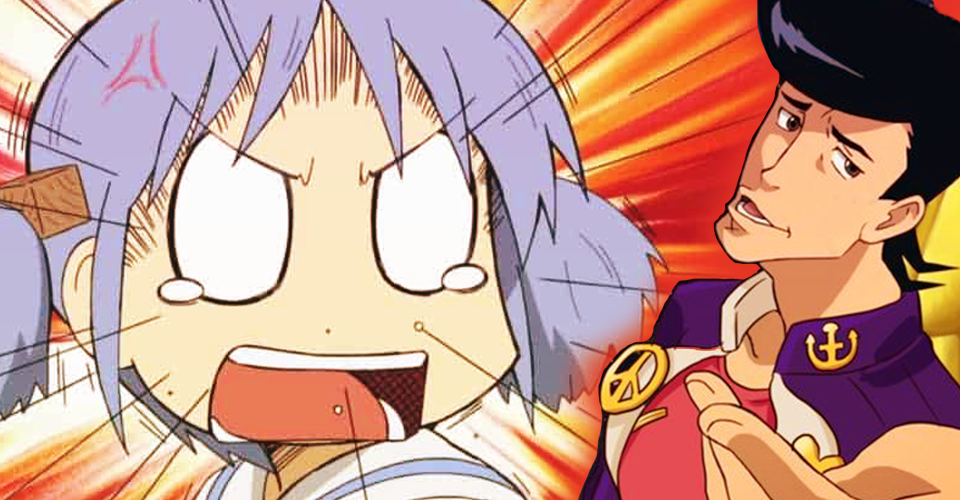
30 Best Comedy Anime To Watch Right Now
From Space Dandy, to Nichijou, and classics like Ouran High School Host Club, don't miss out on these hilarious anime.11 Trigun's Double Dollars Are More Valuable Than The USD
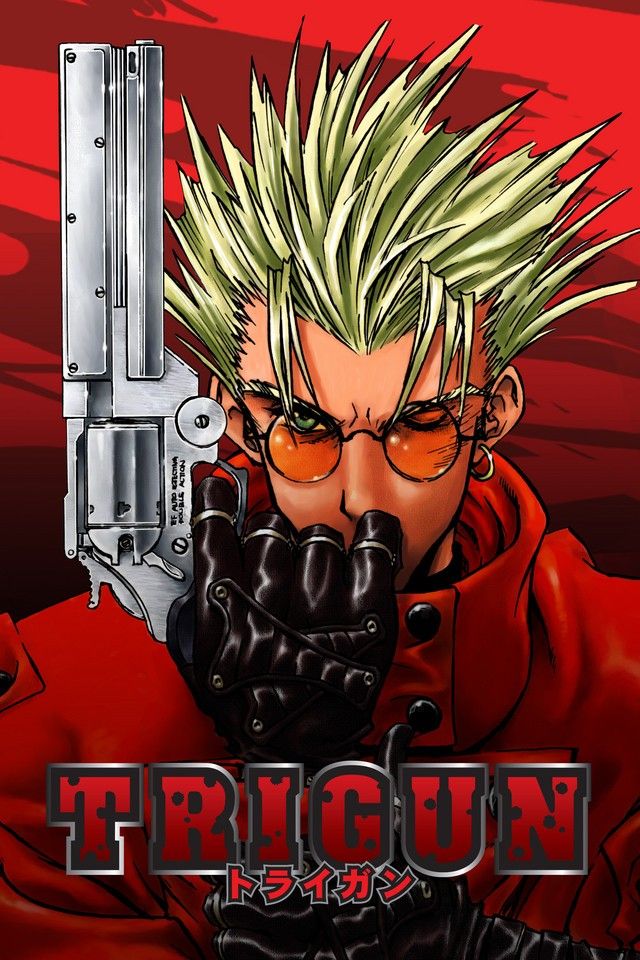
Trigun
Vash the Stampede is the most infamous outlaw on the planet Gunsmoke and with a 60 billion double dollar price on his head the most sought after!
- Release Date
- April 1, 1998
- Creator
- Yasuhiro Nightow, Satoshi Nishimura
- Rating
- TV-14
- Seasons
- 2
- Number of Episodes
- 26
In Trigun and its recent reboot Trigun STAMPEDE, the type of money used is called "Double Dollars." While there is no official conversion, some assumptions can be made. In one scene, Vash places an order on the Sand Steamer of two BLTdogs, two milks, four pretzel bags, and a box of raisins, which totals $$12.75. Amtrak charges $5 for hot dogs, $1 for milk, and $2 for pretzels.
Assuming that raisins would cost $3, as that is the price for M&M's (a food similar in size and weight), the total value of Vash's order would be $23 in real-world USD. Upon dividing the fictional currency of Double Dollars by the USD, the resulting quotient is approximately 1.80. Therefore, 1 Double Dollar in Trigun is equivalent to 1.80 USD, a little under half the value. That makes Vash's bounty a whopping $108,000,000,000.
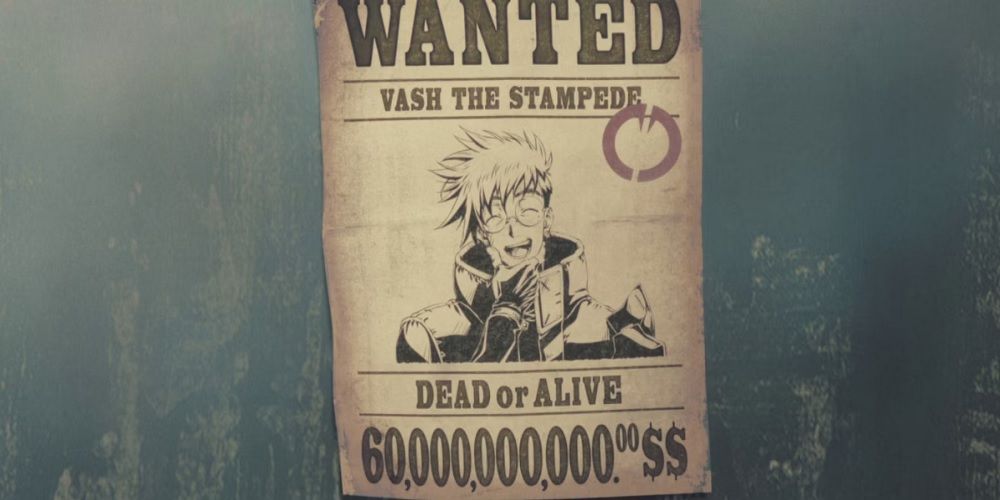
10 Outlaw Star's Wong Is An Interstellar Currency In Silver Coin Form
The sci-fi classic Outlaw Star uses Wong as its currency. With intergalactic travel, it can be hard to make 1:1 comparisons with Earthly money value, but using context clues can narrow down a conversion. The Ministry of Internal Affairs and Communications in Tokyo monitors the price of eating out at restaurants by tracking the average price of ramen. On average, a bowl of ramen in Japan was 512 JPY in 1998, the year the show aired.
In Outlaw Star, a bowl of ramen is paid with 3 silver Wong coins, so it can be assumed that 1 Wong is about 171 yen when rounding up. When calculating fictional currency conversions such as Wong, it's important to consider inflation. 171 yen in 1998 is worth about 181 yen today. 181 yen is about $1.35. Therefore, $1 is roughly 2.86 Wong.
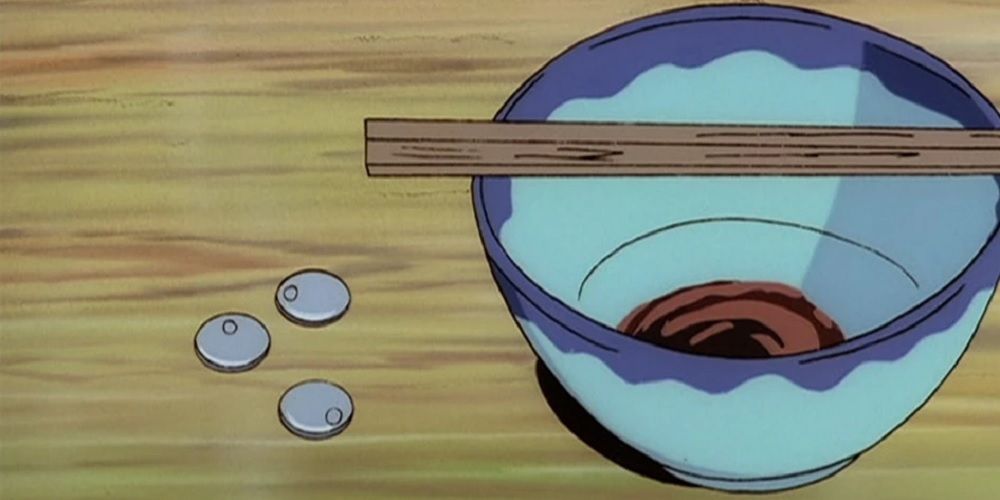
9 Cowboy Bebop's Woolong Shares Its Symbol With The Korean Won
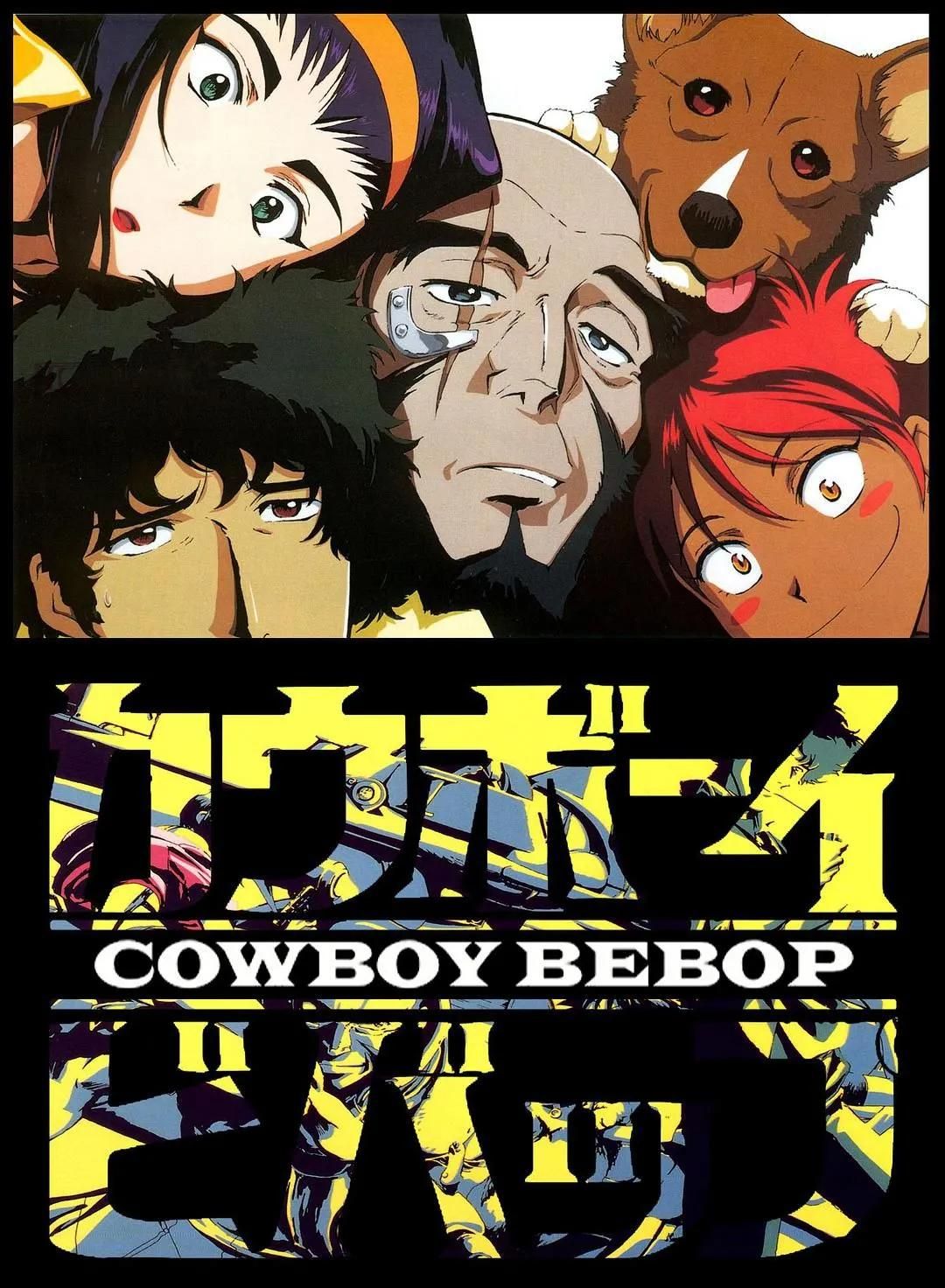
Cowboy Bebop (1998)
The futuristic misadventures and tragedies of an easygoing bounty hunter and his partners.
- Release Date
- September 2, 2001
- Rating
- TV-14
- Seasons
- 1

10 Most Rewatchable Cowboy Bebop Episodes
Shinichiro Watanabe's Cowboy Bebop has become a landmark evergreen anime, but there are some episodes that just hit harder than others!The value of Woolong (which shares a similar symbol with the Korean won ₩), the currency used in Cowboy Bebop, is equivalent to a little under one cent USD, or about 130 Woolongs to every U.S. dollar. Its value is based on parity with the Japanese yen and subsequent conversion during Cowboy Bebop's 1998 release in Japan.
Despite the absence of an official explanation of its origins from the series creator Hajime Yatate, Woolong's value has been widely agreed upon online. By examining its use in Cowboy Bebop, the exchange rate of Woolong over the past two decades is closest to that of the Japanese yen. The currency is also used in two of director Shinichiro Watanabe's other works: Space Dandy and Carole & Tuesday.
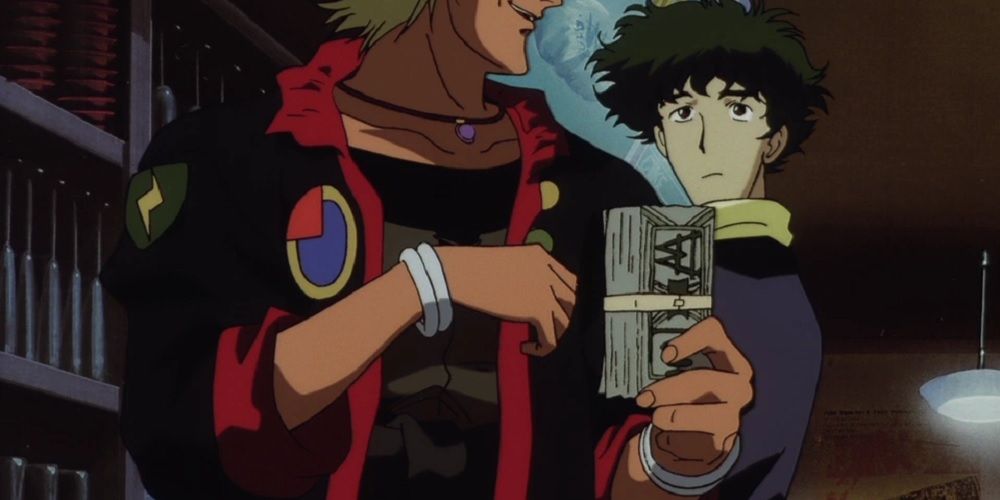
8 Dragon Ball's Zeni Can Also Be Found In Other Akira Toriyama Works
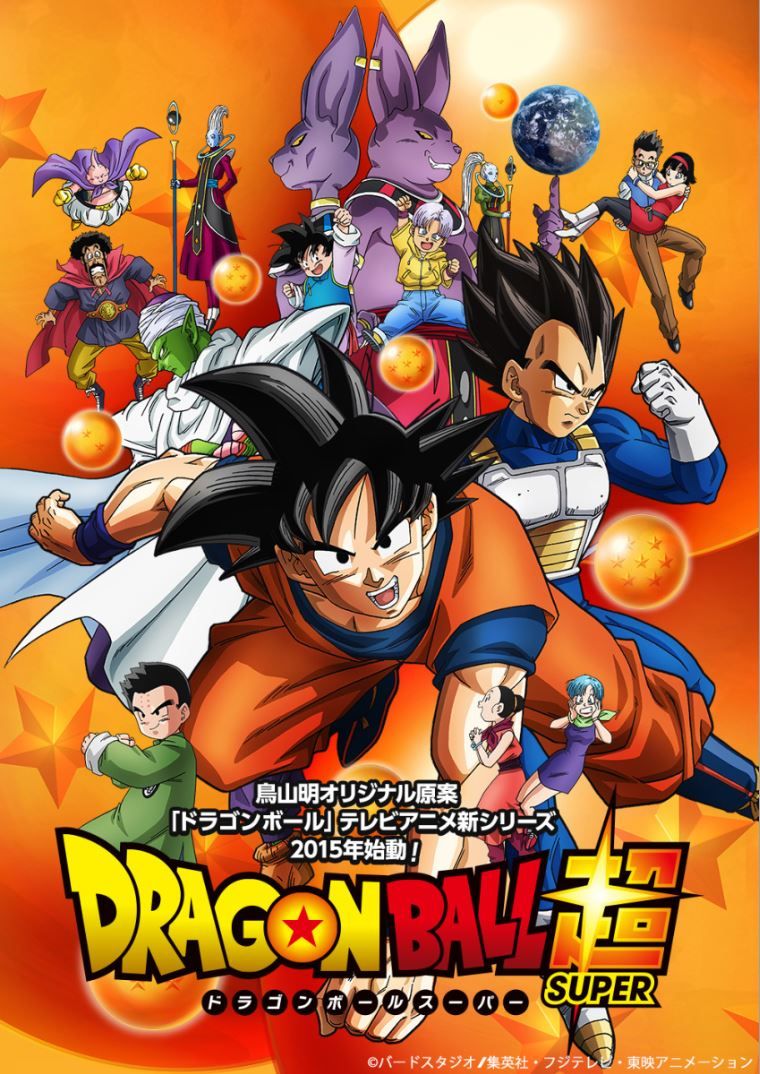
Dragon Ball
Dragon Ball tells the tale of a young warrior by the name of Son Goku, a young peculiar boy with a tail who embarks on a quest to become stronger and learns of the Dragon Balls, when, once all 7 are gathered, grant any wish of choice.
- Created by
- Akira Toriyama
- First Film
- Dragon Ball: Curse of the Blood Rubies
- Latest Film
- Dragon Ball Super: Super Hero
- First TV Show
- Dragon Ball
Zeni is a currency used in various works of Akira Toriyama, including Dragon Ball, Dub & Peter 1, and Jaco the Galactic Patrolman. The Zeni symbol is a capital "Z" with two vertical lines through it, similar to the dollar sign. According to Toriyama, one Zeni equals one yen.
However, in Jaco the Galactic Patrolman, 100 Zeni equals 150 yen, approximately 1.12 US cents for 100 Zeni today. When adjusting for inflation based on the exchange rate in Age 739, equivalent to 1974, $1 would have been worth 0.67 Zeni. This makes the Zeni relatively more valuable than the US Dollar.

7 Spy X Family Uses A Blue Paper Bill Known As Dalcs
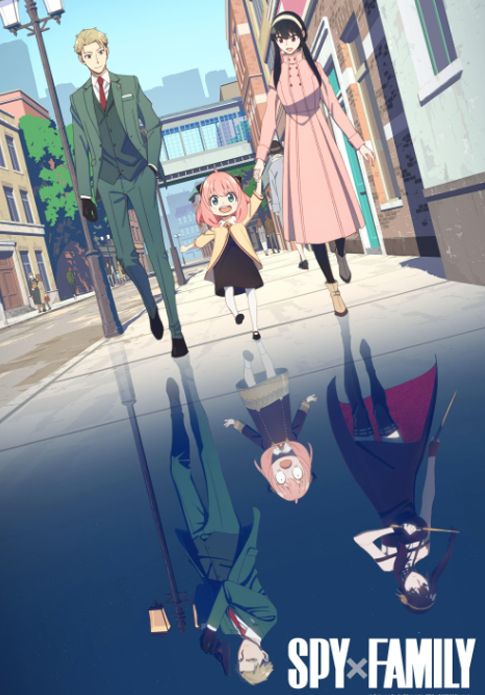
Spy x Family
A spy on an undercover mission gets married and adopts a child as part of his cover. His wife and daughter have secrets of their own, and all three must strive to keep together.
- Release Date
- April 9, 2022
- Creator
- Tatsuya Endo
- Rating
- TV-14
- Seasons
- 2
In Spy x Family, the world of Ostania uses a blue paper bill called Dalc, represented by an upper-case D with a notch mark on the flat side. There is also a coinage system called "Pents," and 100 Pents equals 1 Dalc. According to SPY x FAMILY: EYES ONLY, the official printed resource on the show, 1 Dalc is equivalent to 320 yen.
Converting Dalc to yen to the U.S. dollar makes 1 dollar equivalent to 2.38 Dalc. This means there are roughly 24 Pents in 1 U.S. dollar, or 1 Pent equals roughly 4 cents if the math is rounded up. There is likely some minor inflation involved, however, considering that Ostania is based on East Germany during the Berlin Cold War era.
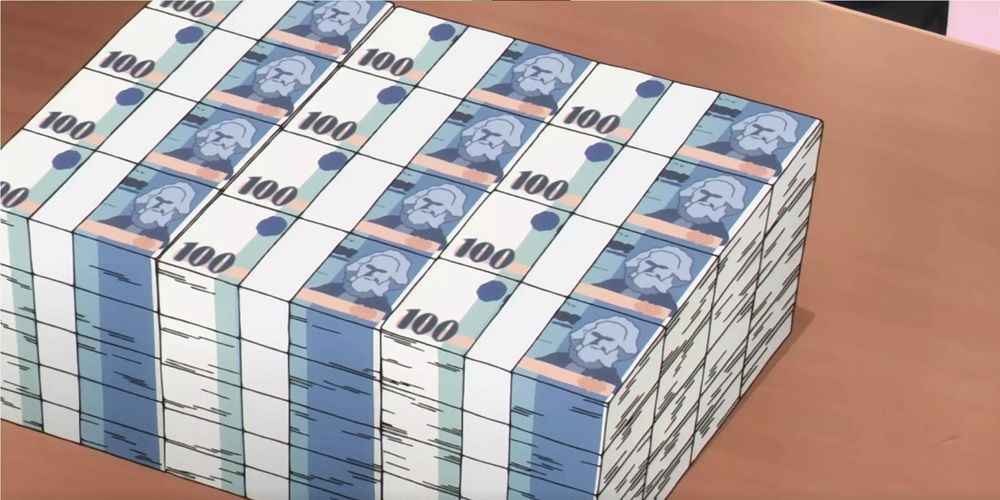
6 One Piece Uses Berries To Evaluate Each Pirate's Bounty
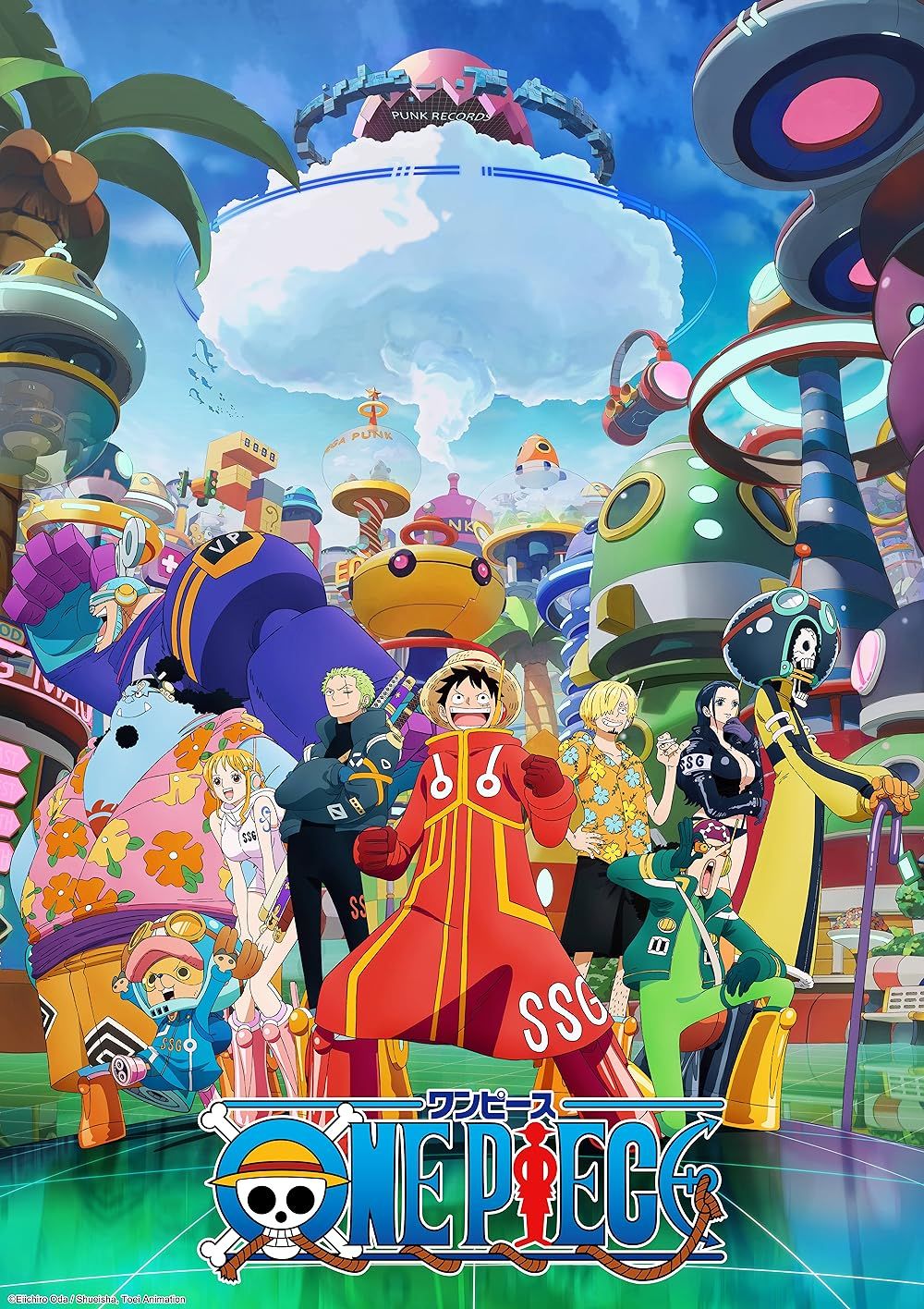
One Piece
Follows the adventures of Monkey D. Luffy and his pirate crew in order to find the greatest treasure ever left by the legendary Pirate, Gold Roger. The famous mystery treasure named "One Piece".
- Release Date
- October 20, 1999
- Rating
- TV-14
- Seasons
- 20
1:51


One Piece: Where to Start, What to Know, and How to Watch
Ready to finally get into One Piece? Here's everything to know before watching the long running anime/manga.Fans have been wondering about the exchange rate from One Piece Berries to dollars for a long time. The currency symbol looks like the Thai Baht (฿) with more of a flourish on the intersecting line. The exchange rate is claimed to be 1 yen to 1 Berry at the Mugiwara Store in Nagoya. However, it's possible to arrive at a different conversion rate for Berries.
On the cover art for Chapter 476, "Nightmare Luffy," large cabbages are priced at 150 Berries. A large cabbage weighs roughly 2.5 lbs, and a 2016 report from the USDA shows that cabbage, on average, was $0.62 per pound, making the cabbage cost around $1.55. Adjusting for inflation, that head of cabbage costs $2, meaning that 1 USD equals roughly 75 Berries.
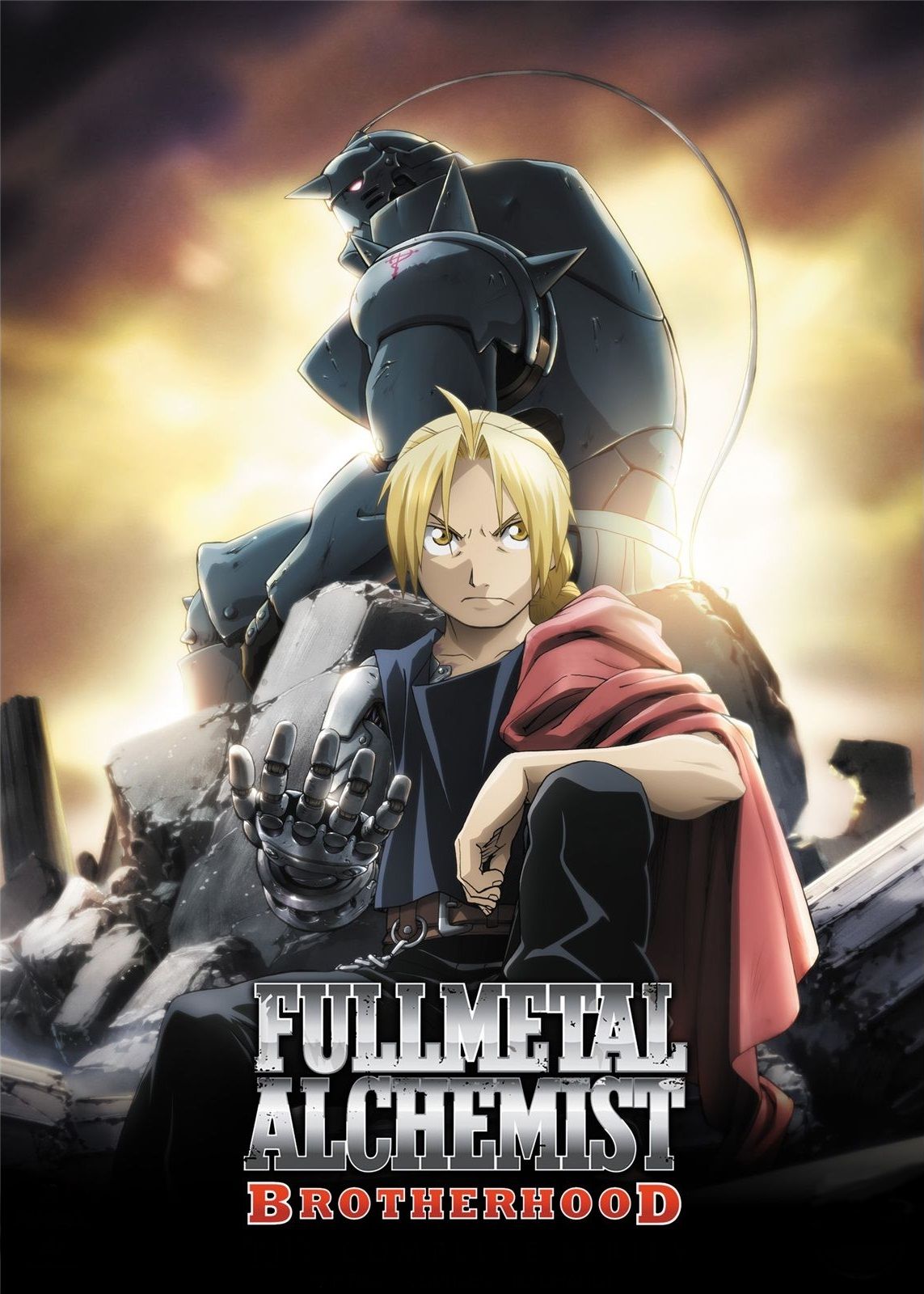
Fullmetal Alchemist: Brotherhood
Original title: Hagane no renkinjutsushi.
When a failed alchemical ritual leaves brothers Edward and Alphonse Elric with severely damaged bodies, they begin searching for the one thing that can save them: the fabled philosopher's stone.
- Release Date
- April 9, 2009
- Rating
- TV-14
- Seasons
- 1
The principal setting for Fullmetal Alchemist, Amestris, has a currency system named Cens. It follows plenty of actual currency by having paper-like bills and different coins. However, with no confirmation from creator Hiromu Arakawa, fans must use deductive reasoning to find the real-world value.
Considering that Fullmetal Alchemist is an iconic Japanese anime, it's likely Cens are equivalent to yen. When looking at how much some things cost in-universe, such as a long-distance call on a pay phone costing 520 Cens, and a cup of sub-par coffee being about 100 Cens, this could be a reasonable conversion. Today, a cup of coffee in Japan averages between 100 and 500 yen on the lowest end.
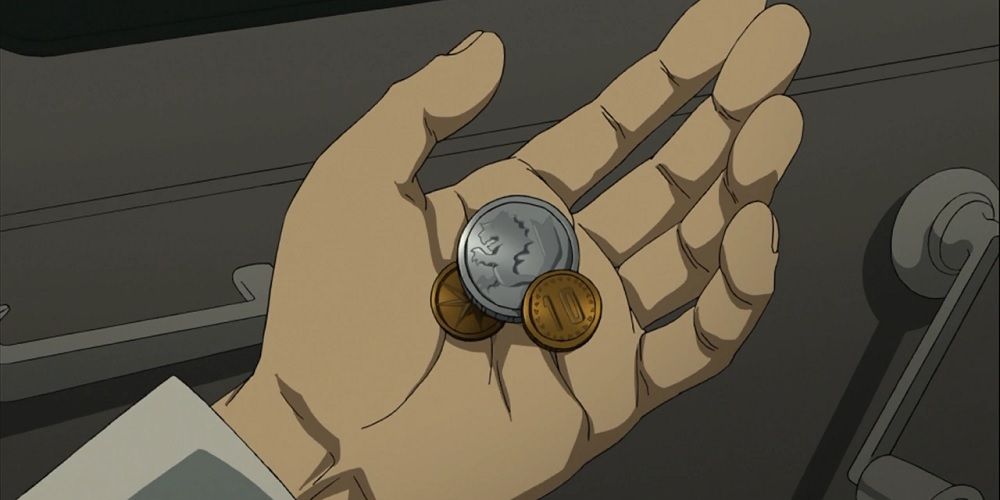
4 Hunter X Hunter Uses Both Jenny And Pail As Currencies
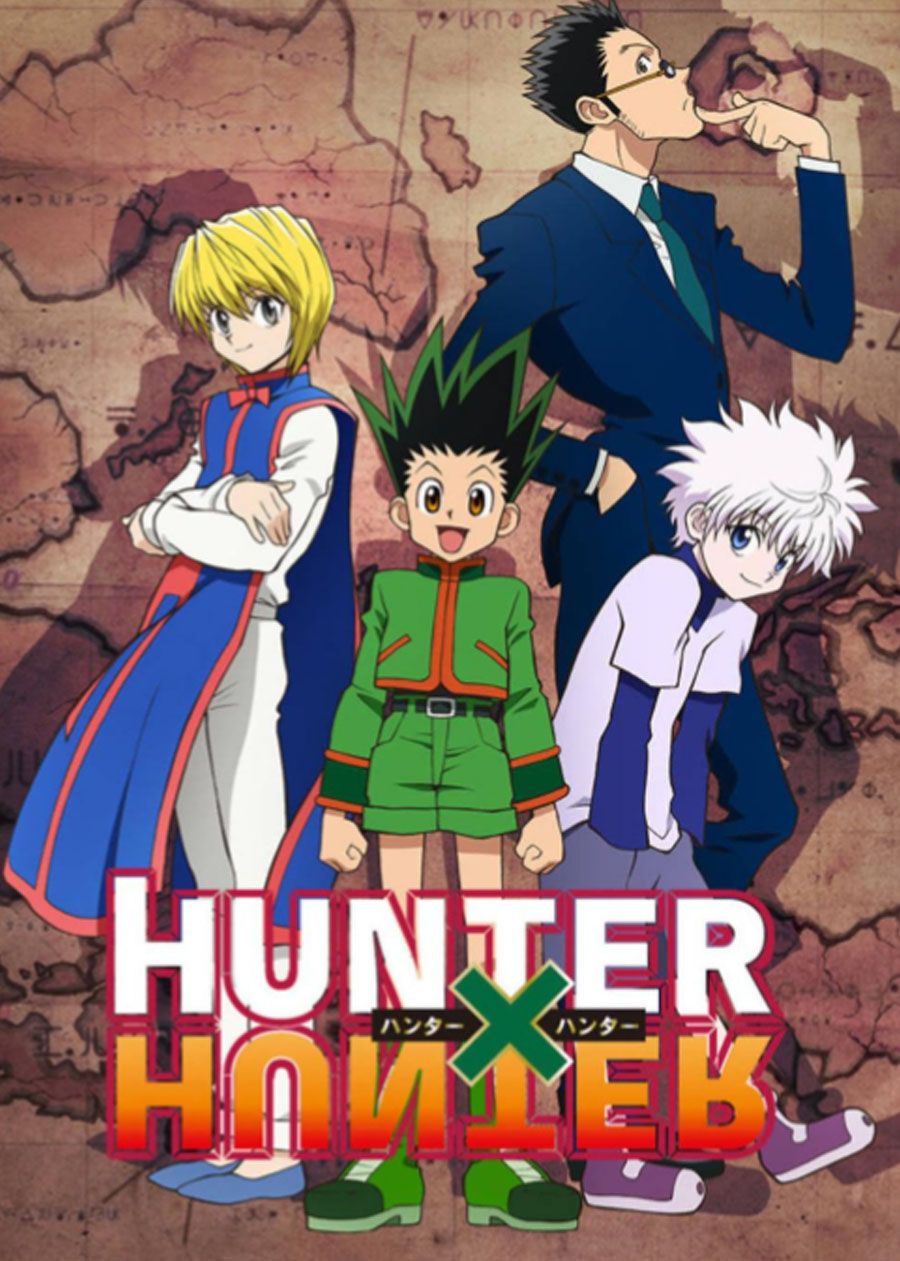
Hunter x Hunter
Gon Freecss aspires to become a Hunter, an exceptional being capable of greatness. With his friends and his potential, he seeks out his father, who left him when he was younger.
- Genre
- Adventure, Fantasy, Martial Arts
- Language
- English, Japanese
- Number of Seasons
- 6
- Debut Date
- October 2, 2011
- Studio
- Madhouse, Shueisha
Jenny is the currency in Hunter x Hunter. Originally, 0.9 Japanese yen equaled one Jenny or 119.77 Jenny per U.S. dollar in 2000. The Viz translation has a different rate, setting 134 Jenny to $1 in 2006. Adjusting for inflation, 149 Jenny equals $1 currently, making the 142 Jenny value equivalent in the Viz translation.
There's also a secondary currency to Jenny in HxH called Pail. One Jenny equals 500 Pail, or approximately 59,500 Pail per USD in the original publication, and 71,000 Pail adjusted for current inflation. However, Pail isn't used or mentioned a fraction as often as Jenny.
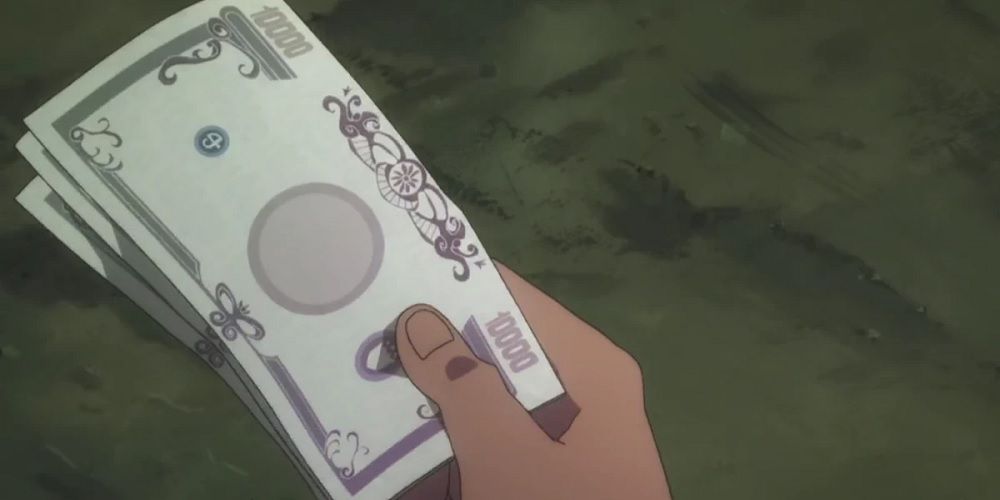
3 Naruto's Ryo Is Named After An Old Japanese Gold Coin

Naruto
Naruto Uzumaki, a mischievous adolescent ninja, struggles as he searches for recognition and dreams of becoming the Hokage, the village's leader and strongest ninja.
- Release Date
- September 10, 2002
- Rating
- TV-PG
- Characters By

Naruto Shippuden: 15 Best Opening Songs, Ranked
Naruto Shippuden has plenty of memorable opening songs, but these are certainly the best of the best.The fictional currency used in Naruto is Ryo, which is named after an old Japanese gold coin used pre-Meiji period. According to The Naruto Secret: Scroll of Soldiers Official Fanbook, one Ryo equals 10 yen, making it relatively higher value than many anime currencies out there.
It is important to note the distinction between the fictional Ryo in Naruto and the real ryo currency. It was replaced with the yen in 1871 after fluctuating in value with gold content and cost of living. The real ryo was worth one koku of rice, or the amount needed to feed one person for a year. That certainly isn't the case with Naruto's version of the currency.
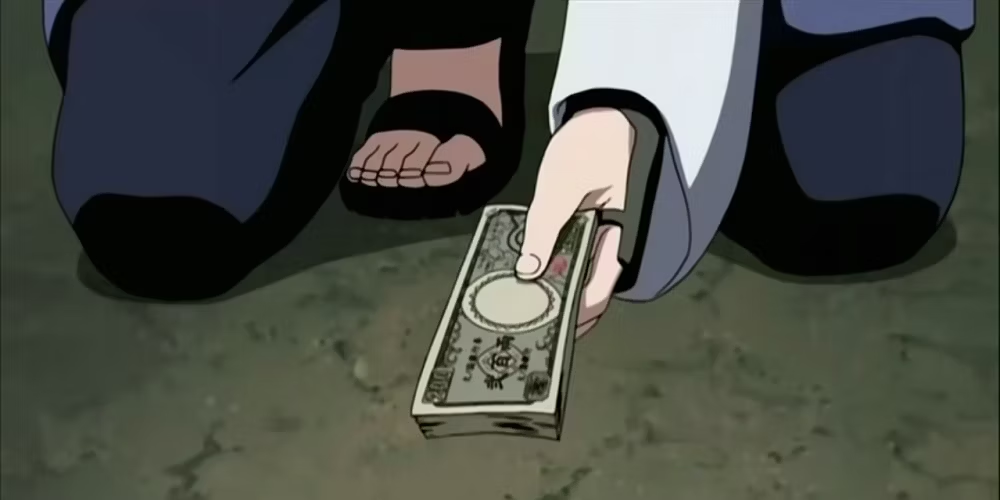
2 Bleach Relies On Kan For Soul Society Transactions
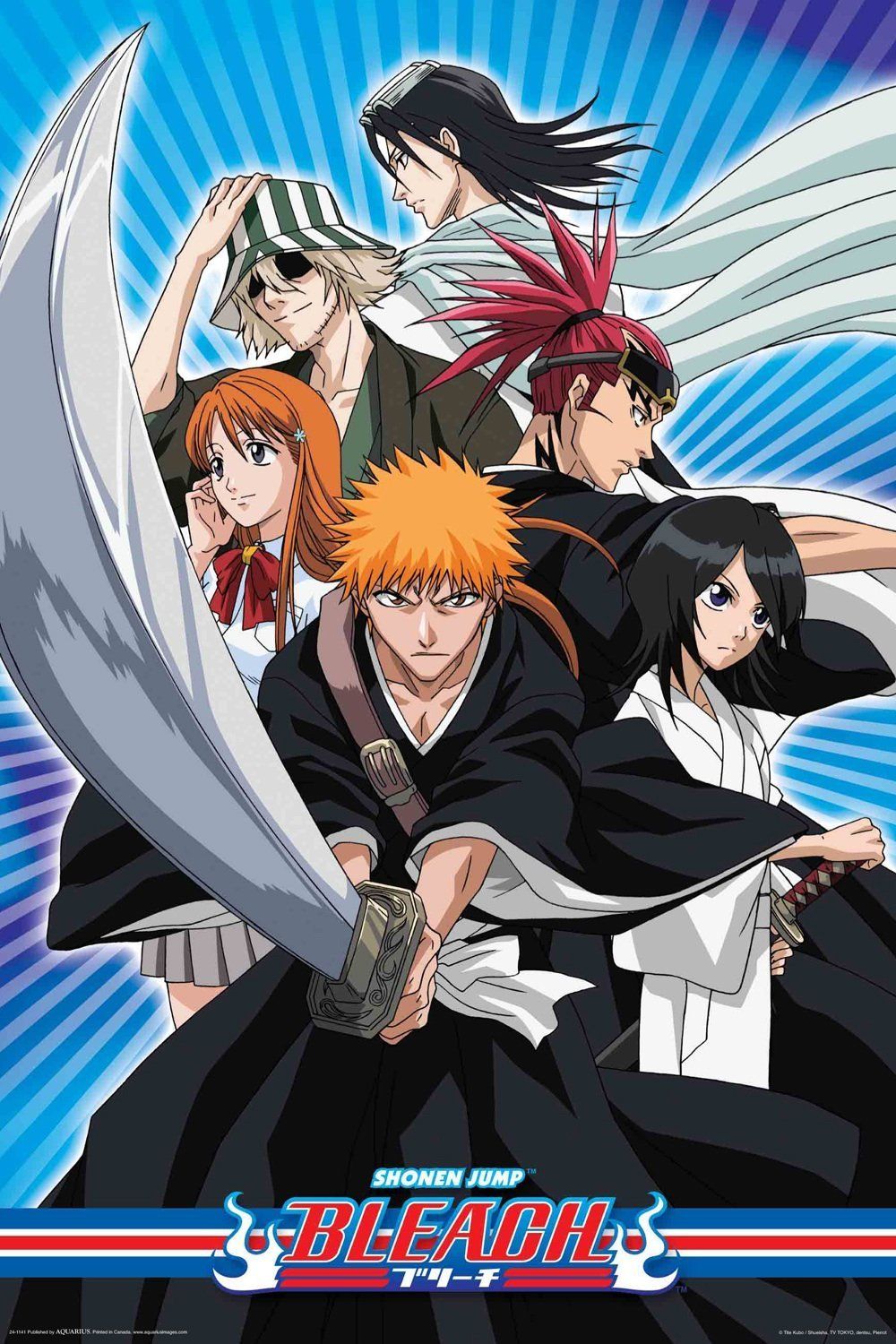
Bleach
Bleach revolves around Kurosaki Ichigo, a regular always-grouchy high-schooler who for some strange reason is able to see the souls of the dead around him.
- Release Date
- September 9, 2009
- Creator
- Tite Kubo
- Rating
- TV-14
- Seasons
- 16
Kan is the currency of Soul Society from Bleach. Creator Tite Kubo hasn't given a lot of hints as to the exact exchange rate between Kan and any real-world money, but some context clues can illuminate the subject. In Bleach, as Soul Society churns on, so does the wheel of the economy.
As such, it is noted that Soul Society's Seireitei Communication magazine costs between 380 Kan and 680 Kan. Similar magazines in Japan are priced at 400 to 500 Yen. It can be assumed that one Kan is worth somewhere between .95 to 1.35 yen. Therefore, 1 U.S. dollar is roughly 127 Kan at the lower end.
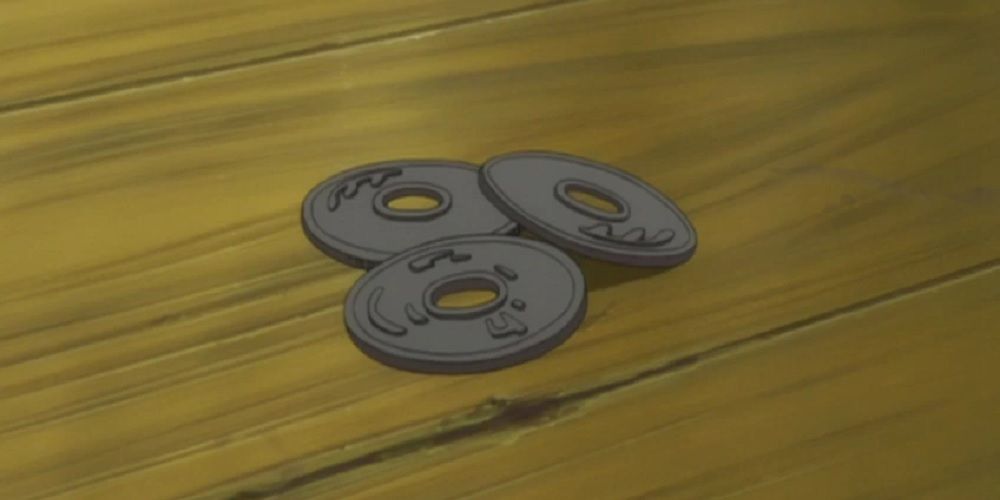
1 Fairy Tail Uses A Currency Known As Jewels
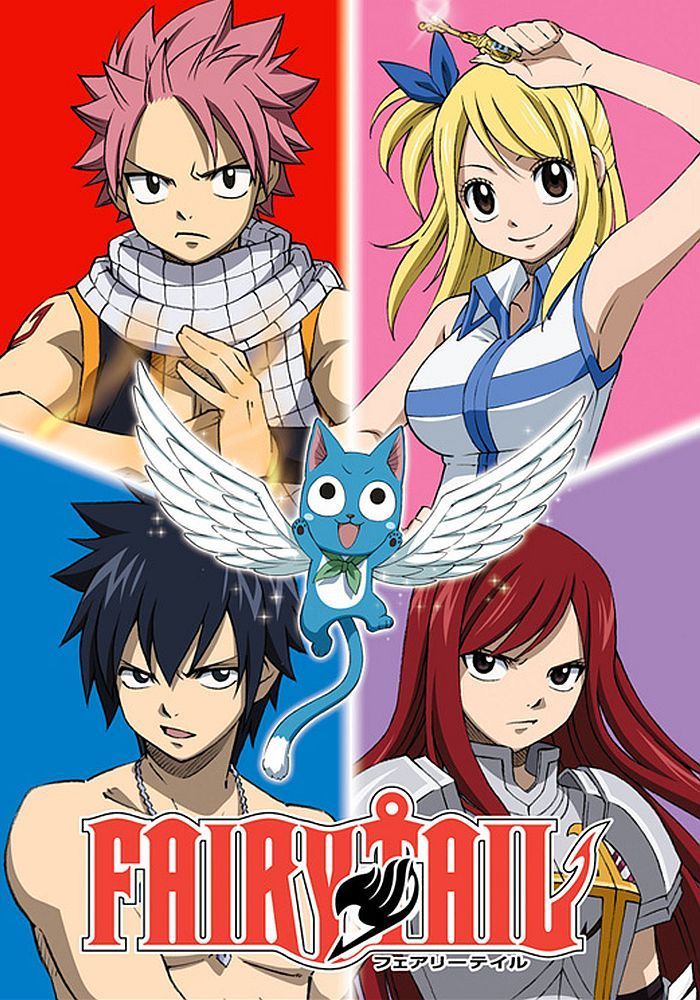
Fairy Tail
Lucy, an aspiring Celestial Wizard, becomes a friend and ally to powerful wizards Natsu, Gray, and Erza, who are part of the (in)famous wizard guild, Fairy Tail.
- Release Date
- September 30, 2011
- Rating
- TV-14
- Seasons
- 8
In Fairy Tail, the currency used in Fiore is called Jewels. It is used to purchase goods and services, such as Natsu's fan club annual membership fee and high heels. According to creator Hiro Mashima's note of the first manga volume, 100 Jewels are approximately equal to $1, providing a straightforward idea of the currency's value.
By the Jewels to USD conversions, fans learn more about the society built in Fairy Tail. For example, Lucy's monthly rent is about $700, and Juviva spends $200 on a swimsuit. This also means that saving Galuna Island netted Team Natsu an impressive $70,000.
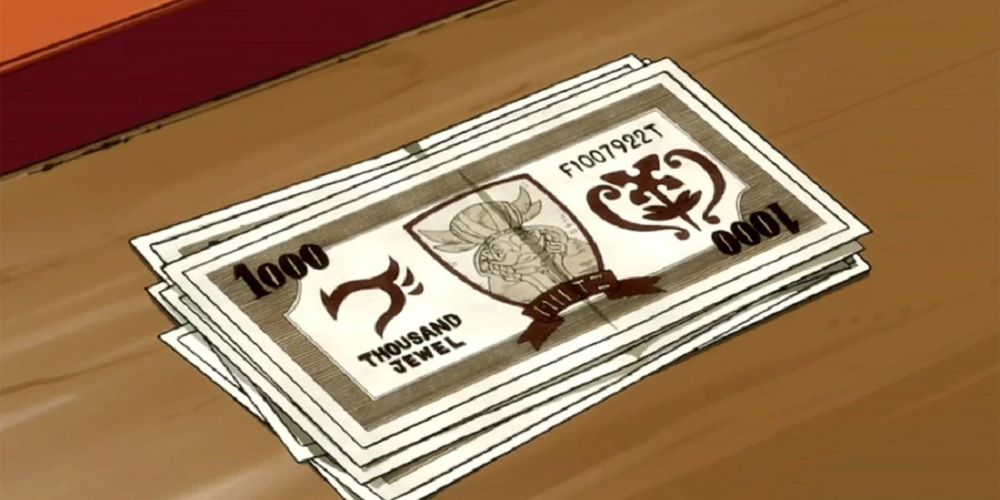
Add a review